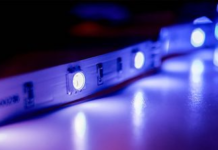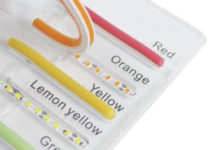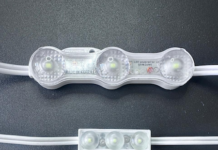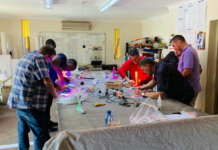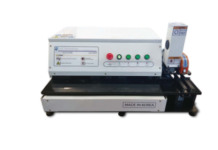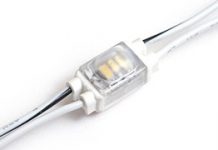Wiring mistakes are the most common of all LED lighting issues. Typically, if your LED lights simply 'don't work' it is not because the products are defective but due to a basic wiring mistake or overlook. If you are having issues getting anything to work in your LED installation or your lighting is inconsistent, go over this trouble shooting guide for some pointers on resolving your issue.
COMMON WIRING MISTAKES
INCORRECT WIRING OR REVERSE POLARITY
When troubleshooting the wiring of your LED installation, it is important to double and even triple check every connection, even the most skilled electricians can make a simple wiring mistake. Be certain that your wires are exposed and making contact with the correct wires or ports on your LED Lighting products. If you have wires crossed or touching you may be at risk for electrical shock or product damage. Be certain that you have your polarity correct when wiring. If you are not certain of the polarity of your wires, use a multimetre to test.
LOOSE OR OBSTRUCTED WIRES
A very common wiring mistake that is easily overlooked is the possibility of loose or obstructed wires in your LED installation. Typically, if your lights simply don't work or you are missing a colour on your RGB installation, this is the case. If your wires are not stripped back far enough or you push them too far into a connector, it will give the illusion of a secure connection when really there is no connection at all – the connector is only clamping on the PVC wire coating. This is why it is important to double and even triple check your wiring installations because even if a wire looks like it is connected, it may not be.
FRAYED OR OVERLAPPING WIRES
Frayed or overlapping wires are another common wiring mistake. If you are not using clean and straight wires then you are probably going to experience a wiring issue sooner or later. All it takes is a single strand of wire touching another wire or a conductive surface to put your LED installation at risk for an electrical short or mixed colour effects. When working with LED modules, be sure that the end of your module string does not have bare wires touching. When soldering, be sure that your wires are clean and straight and never touching each other and be certain to never overload a wire connector that is designed for a single wire input.
VOLTAGE DROP WIRING ISSUES
Voltage drop is a very common LED installation issue and it all has to do with the layout of the wiring. If you are experiencing voltage drop, it is most likely due to the fact that you have wired your LED installation in a serial connection rather than a parallel connection. Think of a parallel connection as each 50-75 LED module running independently back to the power supply rather than linking them in a single series. Parallel connections will always give you the most even and consistent lighting output due to less voltage drop with less serial connections.



